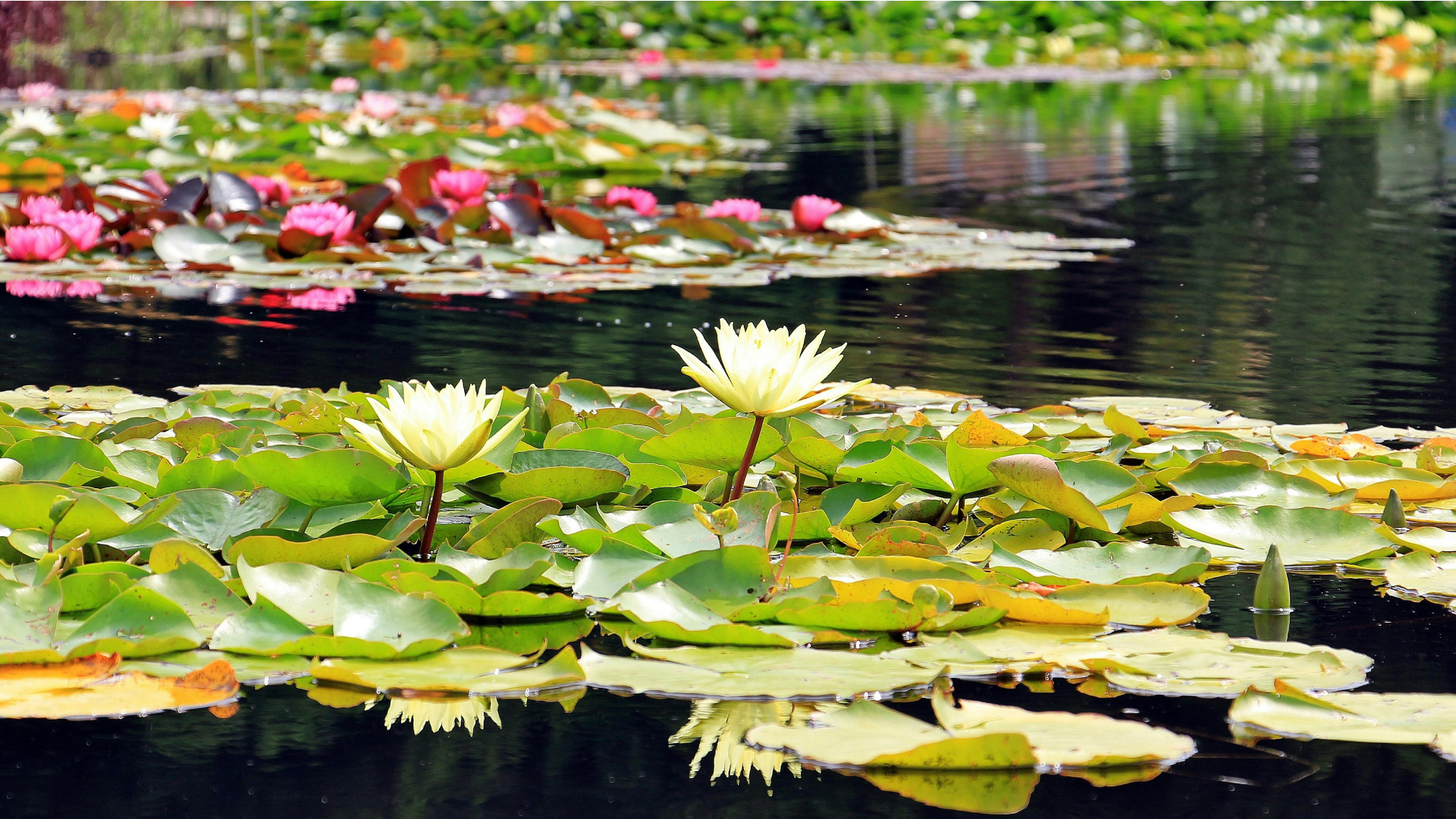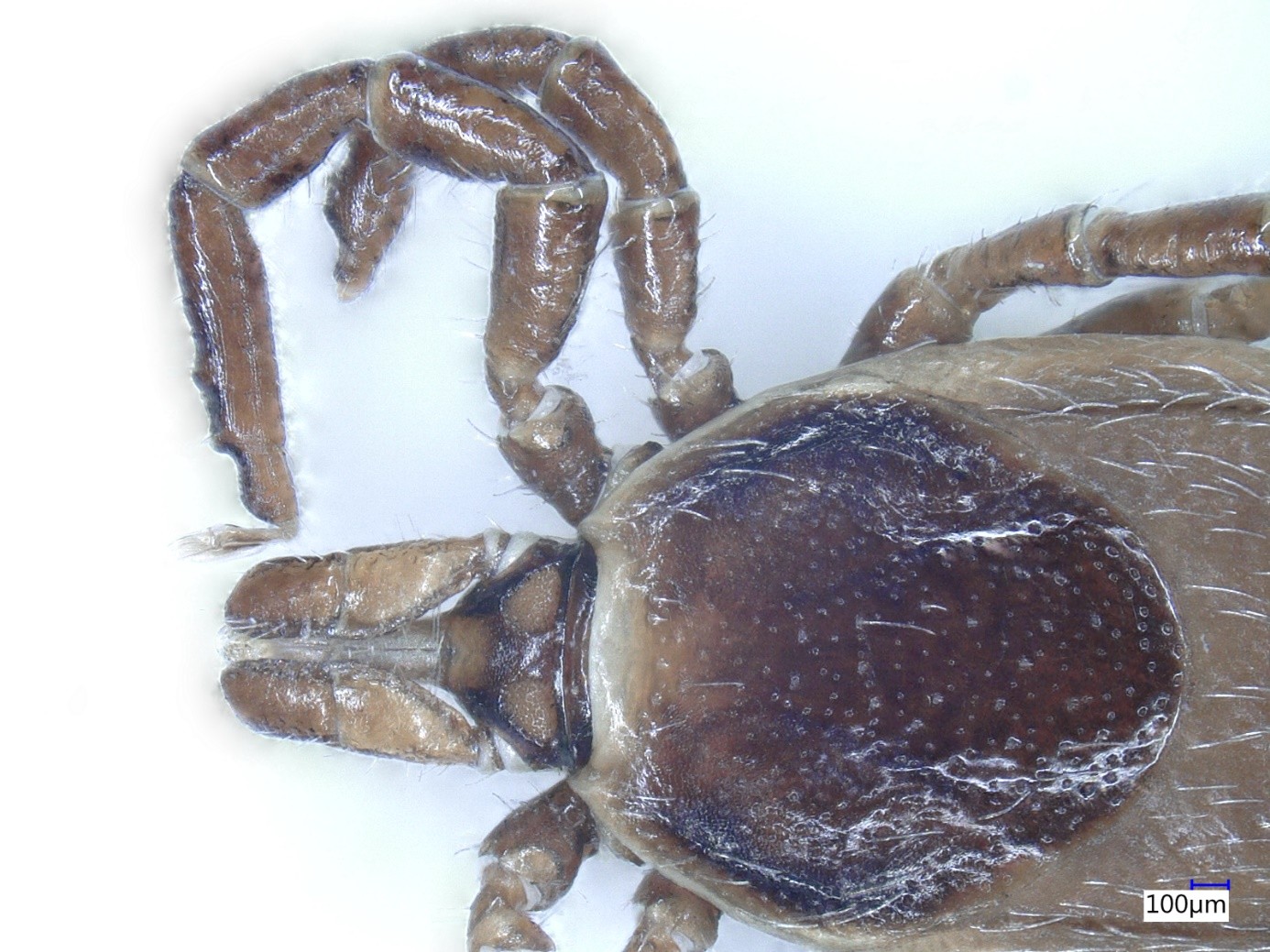Garden Ponds Play a More Important Role in Urban Biodiversity Than We Think
A recent nationwide citizen science project called MyPond, launched by researchers from the HUN-REN Centre for Ecological Research in Hungary, highlights the potential of garden ponds as crucial contributors to urban biodiversity.

An online survey gathered data from over 800 garden pond owners, revealing how these small water bodies contribute to the presence of various animal groups, including amphibians and their tadpoles, odonates, and birds. The study also investigated different physical and ecological characteristics of ponds, maintenance practices, and the effects of urbanisation, highlighting their role in preserving biodiversity and supporting wildlife.
“Our findings revealed that key features of garden ponds, such as age, size, and the presence of aquatic and shoreline vegetation, strongly influence the occurrence of the studied animals,” said Dr Zsuzsanna Márton, lead author of the study, in a summary published on the HUN-REN CER website. She added that ponds in highly urbanised areas had fewer sightings of adult amphibians and their tadpoles, while these types of ponds were visited by more odonates and birds.
Overall, garden ponds emerged as vital refuges for wildlife, hosting a total of 13 amphibian species across the country and providing critical secondary habitats within urban landscapes,” explained Dr Zsuzsanna Márton.

